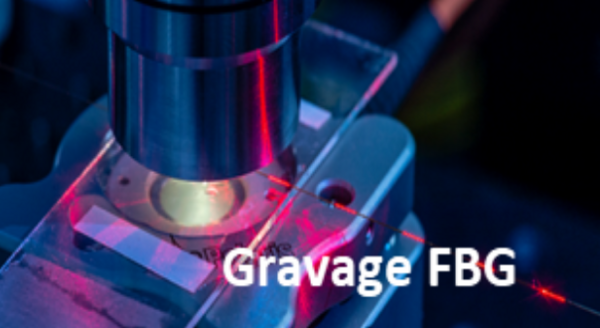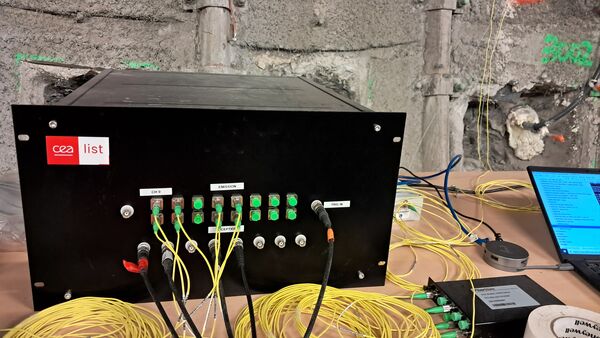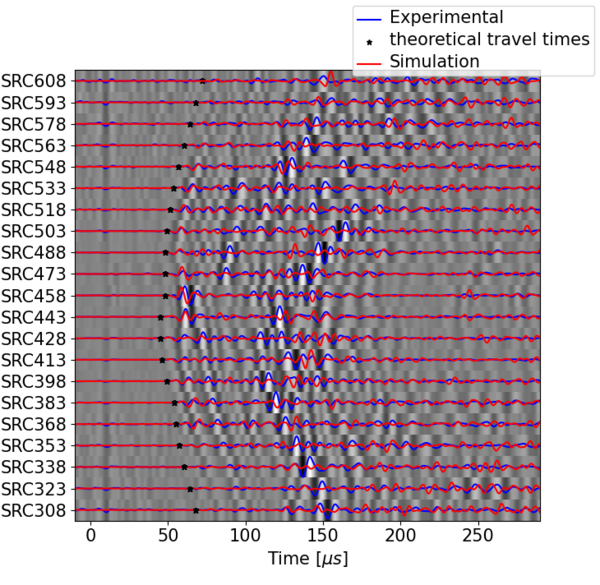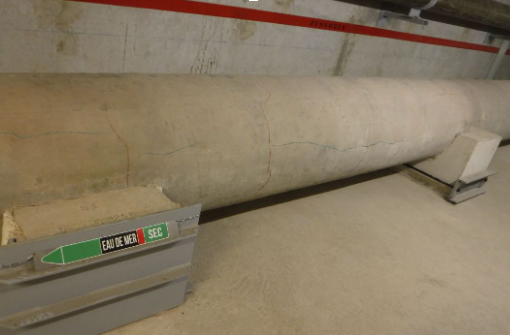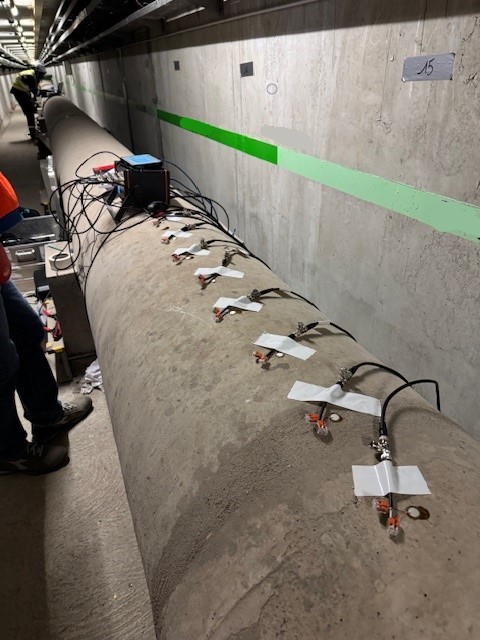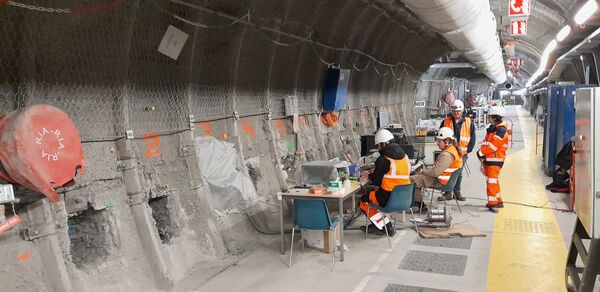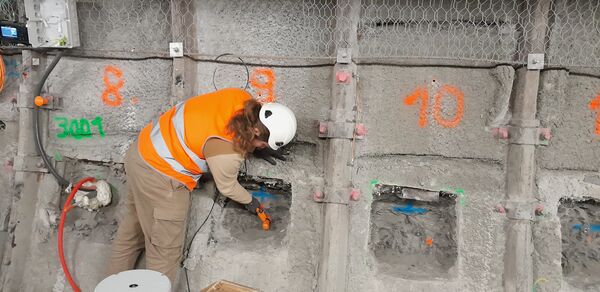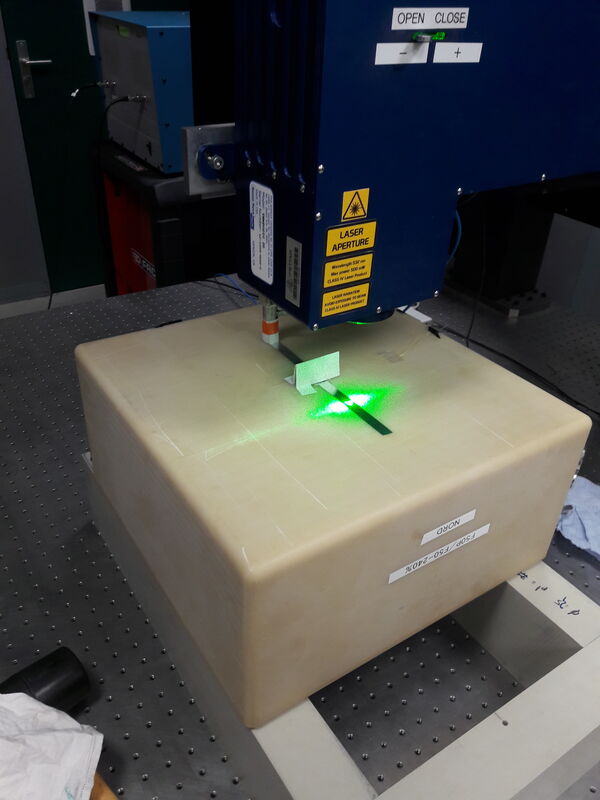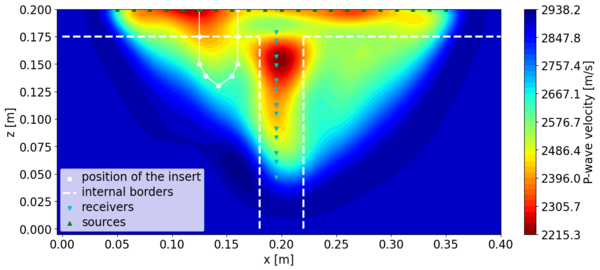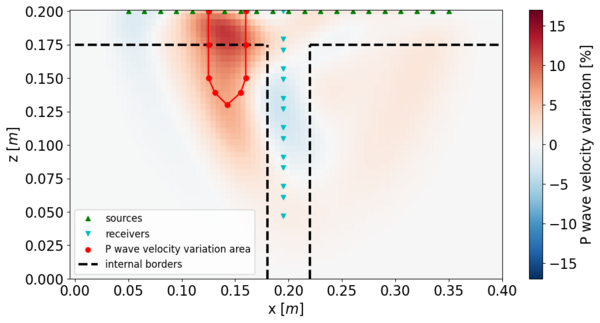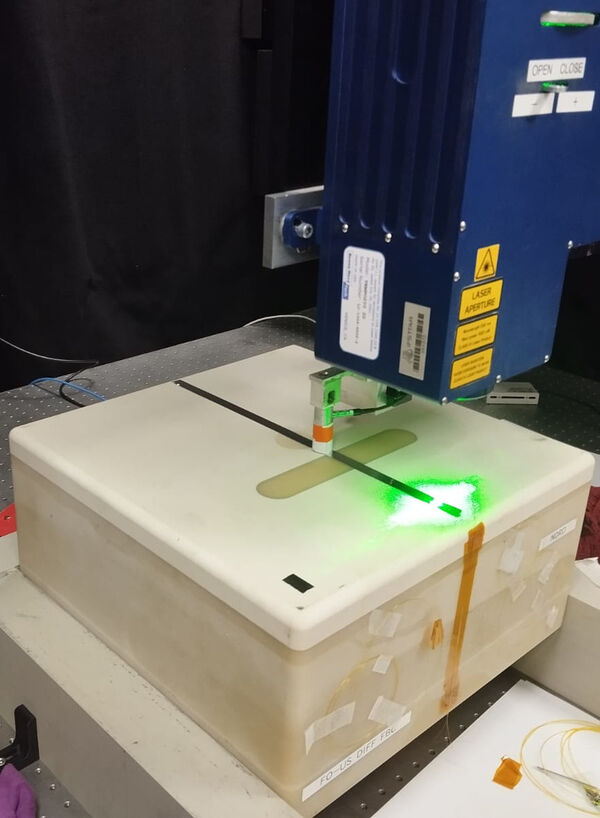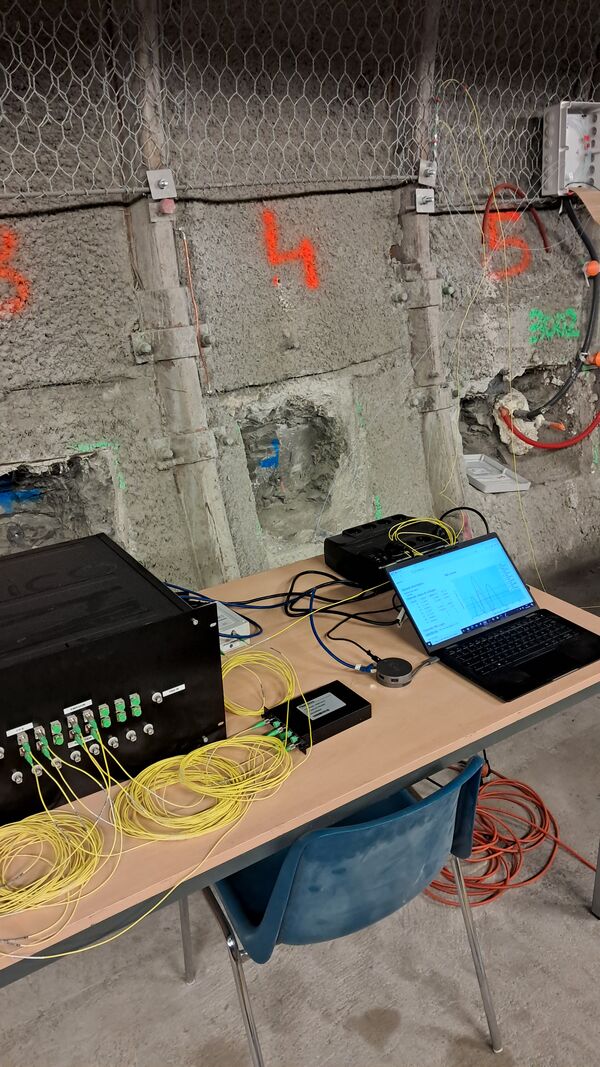The Final Workshop of the ANR project FO-US will be held on Wednesday, December 3rd, 2025, at Gustave Eiffel University (Nantes campus).
The event will bring together researchers and professionals to share the project’s key findings and perspectives.
[Click here to view the program]
Register now to attend.
On Tuesday, December 2nd, at 2:30 pm, you also have the opportunity to attend the PhD defense of Nicolas Derrien, entitled: "Seismic/Ultrasonic Imaging with Embedded Fiber Bragg Gratings"(summary here ⇾ .png)
The jury will consist of:
Eric LAROSE, DR CNRS, HDR, UGA-Isterre, France (Rapporteur)
Emmanuel MOULIN, Professeur, HDR, Université Polytechnique Hauts-de-France, France (Rapporteur)
Nazih MECHBAL, Professeur, HDR, ENSAM, France (Examinateur)
Céline HADZIIOANNOU, Professeure, équivalent HDR, Université de Hambourg, Allemagne (Examinatrice)
Odile ABRAHAM, ITPE HC, HDR, Université Gustave Eiffel, France (Directrice de thèse)
Maximilien LEHUJEUR, Ingénieur de recherche, Université Gustave Eiffel, France (Co-encadrant)
Béatrice YVEN, Ingénieur Géophysique, Andra, France (Co-encadrante)
Arnaud RECOQUILLAY, Ingénieur de recherche, HDR, CEA, France (Invité)
A Zoom link will also be made available for those who are unable to attend in person: https://univ-eiffel.zoom.us/j/86038261795 Meeting ID: 860 3826 1795 Passcode: PHDNDE2025

